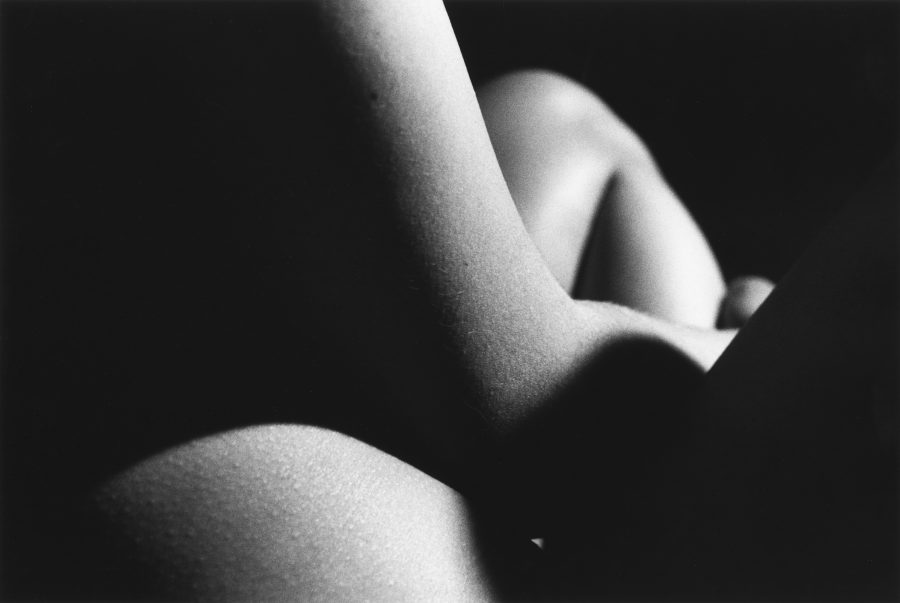Photography: David Lynch
Title: Nudes
Release date: November 2017
Pages: 240
Publisher: FondationCartier pour l’art contemporain, Paris, France.
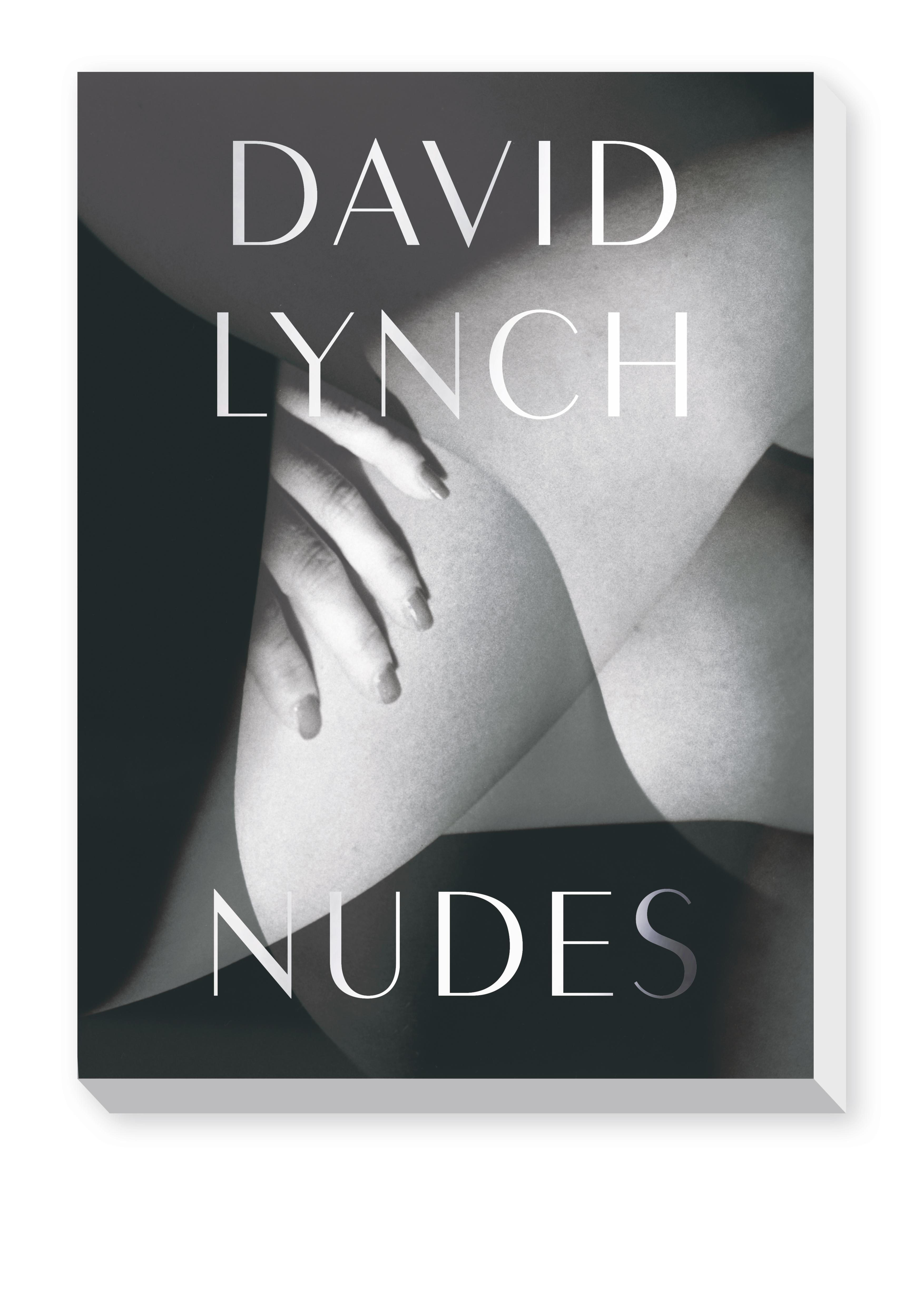
Photos courtesy of FondationCartier. ©David Lynch
I first happened upon David Lynch in 1999. Lost Highway was playing on the Independent Film Channel. After those two hours, I would never look at cinematography the same way again. The darkness was all-encompassing. The actual events of the story were less important than the feelings the viewer experienced. A focus on mood and atmosphere build the basic foundation for David Lynch‘s oeuvre. Whether you came to his works through Blue Velvet, Eraserhead or Mulholland Dr., you likely found a similar love for his particular brand of darkness. Ten years after his last film, David Lynch has re-entered the spotlight in a big way with the return of Twin Peaks for a third season. That new season turned out to be about as complex as his most challenging films, and proves that he still has the drive to crush all expectations of what any particular form of art should seek to accomplish.
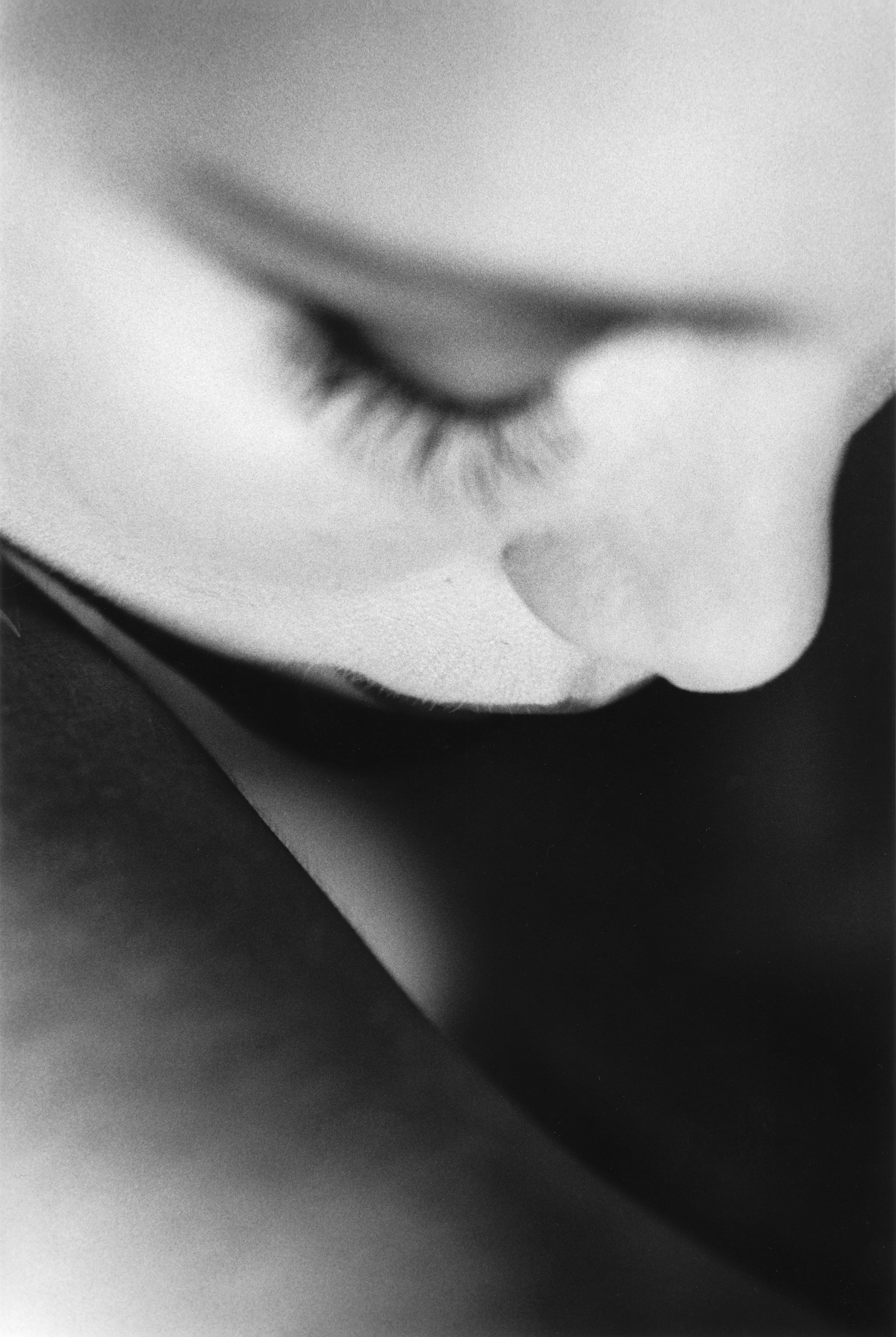
©David Lynch
During the excitement, which is still resounding from that new season of Twin Peaks, Lynch has recognized how many followers his works still attract. I’ve already reviewed his new [semi-auto]biography, Room To Dream. (Read the review here.) In Room To Dream, we were given a much better picture of how important art, in its many forms, is to David Lynch. Whether it is a doodle on a napkin, a painting, a lithograph or a photograph, Lynch has as much love for still art as he does for film. The style and format in which these works are created is incredibly varied.
“I like to photograph naked women. The infinite variety of the human body is fascinating: it is amazing and magic to see how different women are.”
– David Lynch
Nudes has a specific focus. Nudes gives us a large collection of David Lynch‘s photography of the nude female body. With that said, many are likely to find little sexual nature in Nudes. Of course, the nude female body will likely draw some level of sexual attraction from people, but it certainly isn’t the focus. The feminine form and the integrity of the models are well honored here. This is not pornography, soft-core or otherwise. This is dark art. The darkness here really can’t be overstated. It is one of the main features of the collection. It is as prevalent as the female body itself, if not even more so.
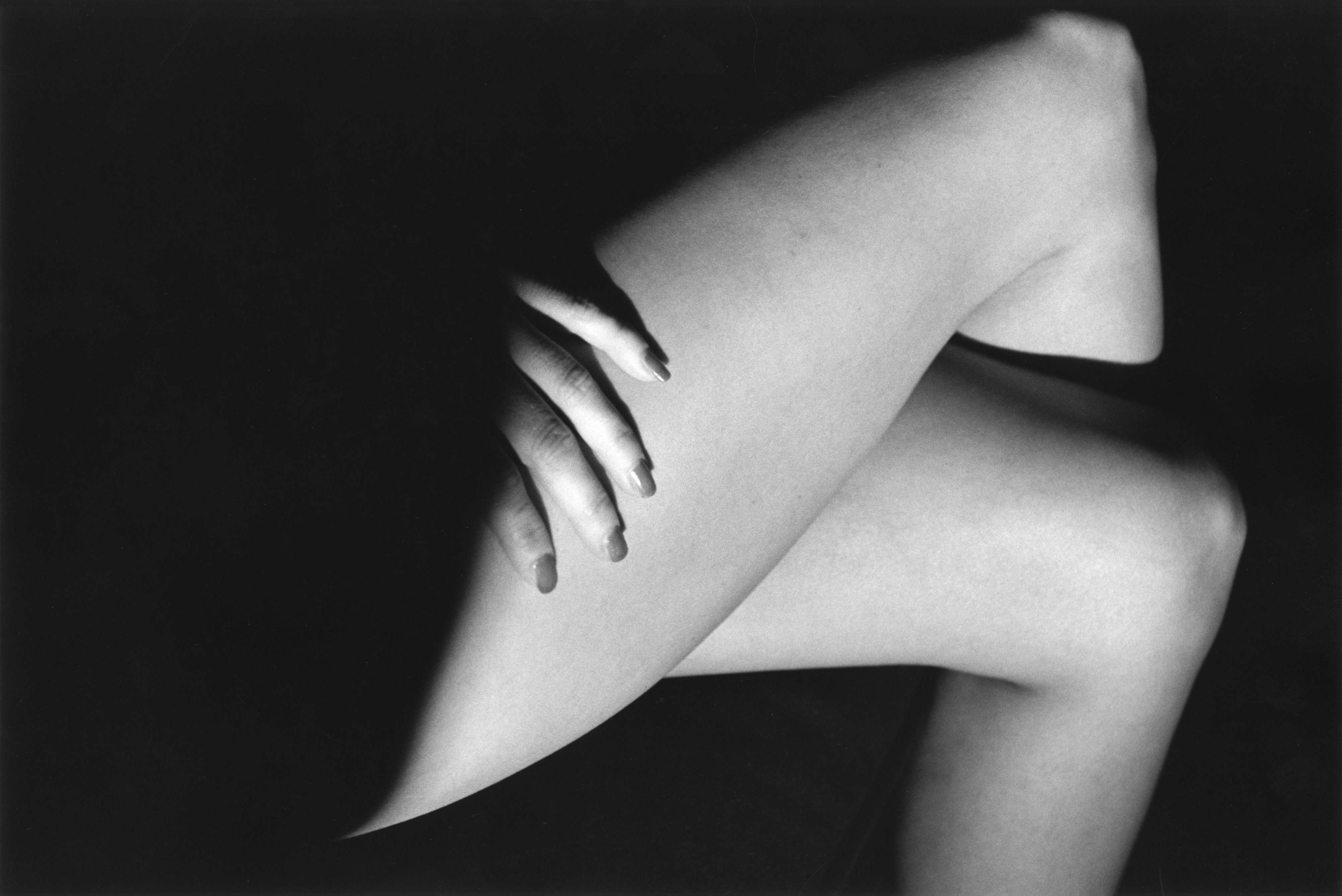
©David Lynch
Those familiar with David Lynch: The Factory Photographs will find similarities to Nudes in style. Lynch created both these collections using a similar aesthetic template to that of some of his films, specifically Eraserhead and Inland Empire. We get that industrial district at night feeling. In the black and white sections of Nudes, in particular, we may find ourselves dehumanizing these images, with the skin losing its natural tones and taking on something less lively, less human.
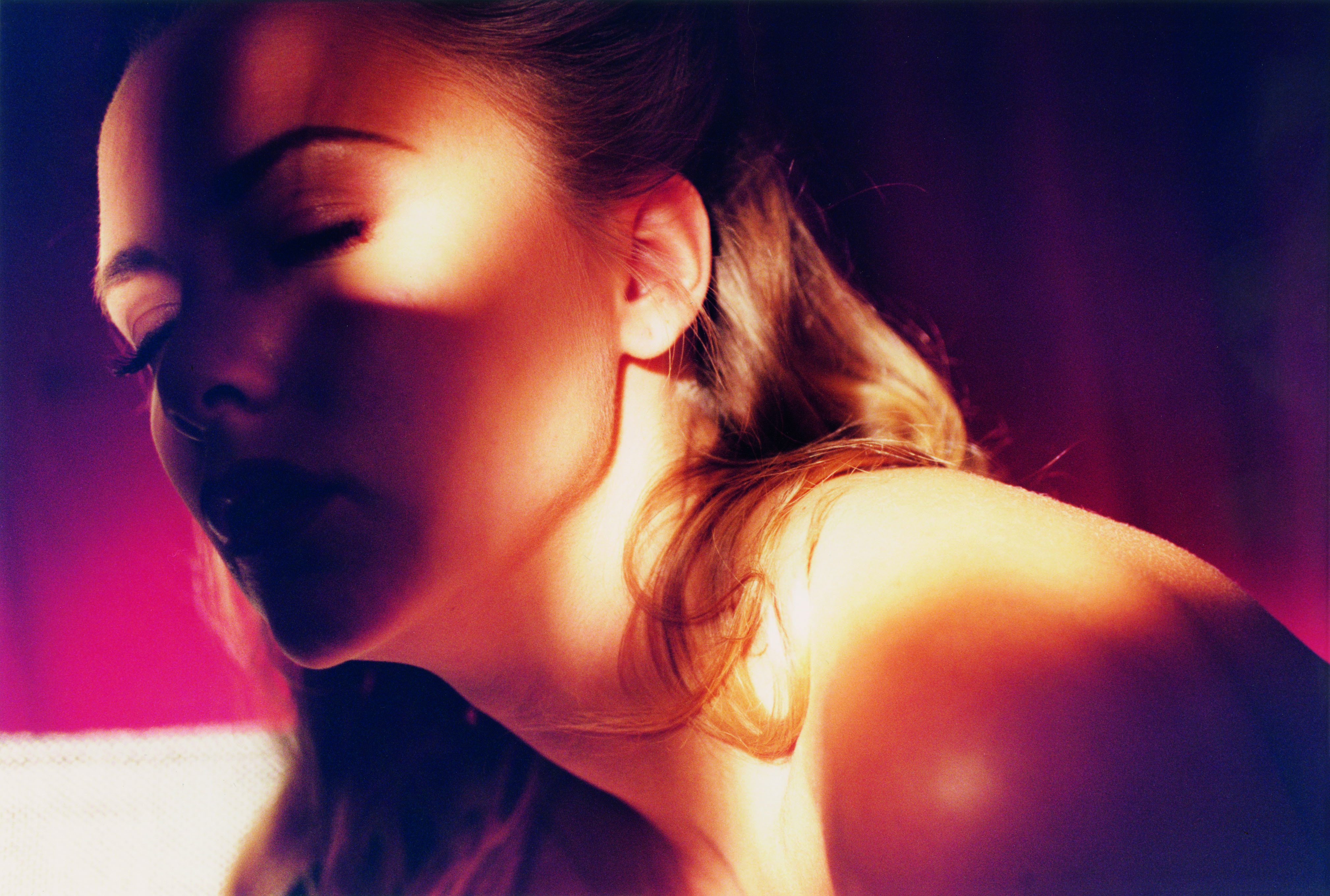
©David Lynch
The color section of Nudes uses the female body in much the same ways, but the mood changes drastically. Throughout the color section the photos have a warm hue, with the yellows of the skin and reds of the lips standing in bold contrast to one another. The lips are one of the most moving features throughout this section. Thinking of scenes from Lost Highway, Mulholland Dr. and Blue Velvet, one would already realize how important lips are to Lynch’s aesthetics. Those close-up scenes of all these dames-in-distress, as they speak quietly into a phone, immediately comes to mind when browsing this section.
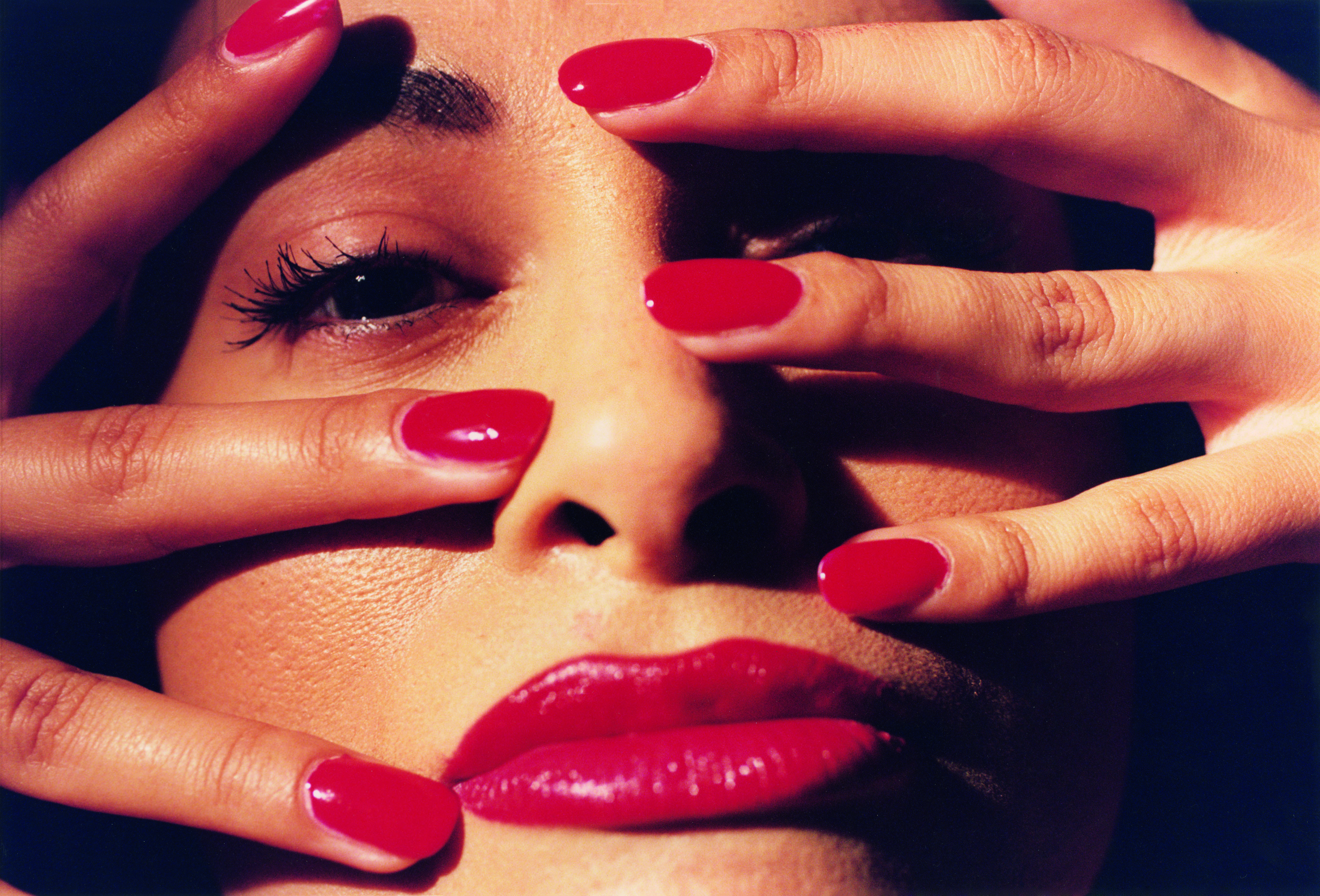
©David Lynch
Another important element in this collection, aside from the women and the darkness, is smoke. It’s used in a variety of ways, both in the color and B/W photos. Sometimes it is a languid exhale from the rosy lips of a model, other times it lingers in the air between the model and the camera in a purely atmospheric fashion. In both instances, it greatly adds to the seductive aesthetic as well as the mystery.
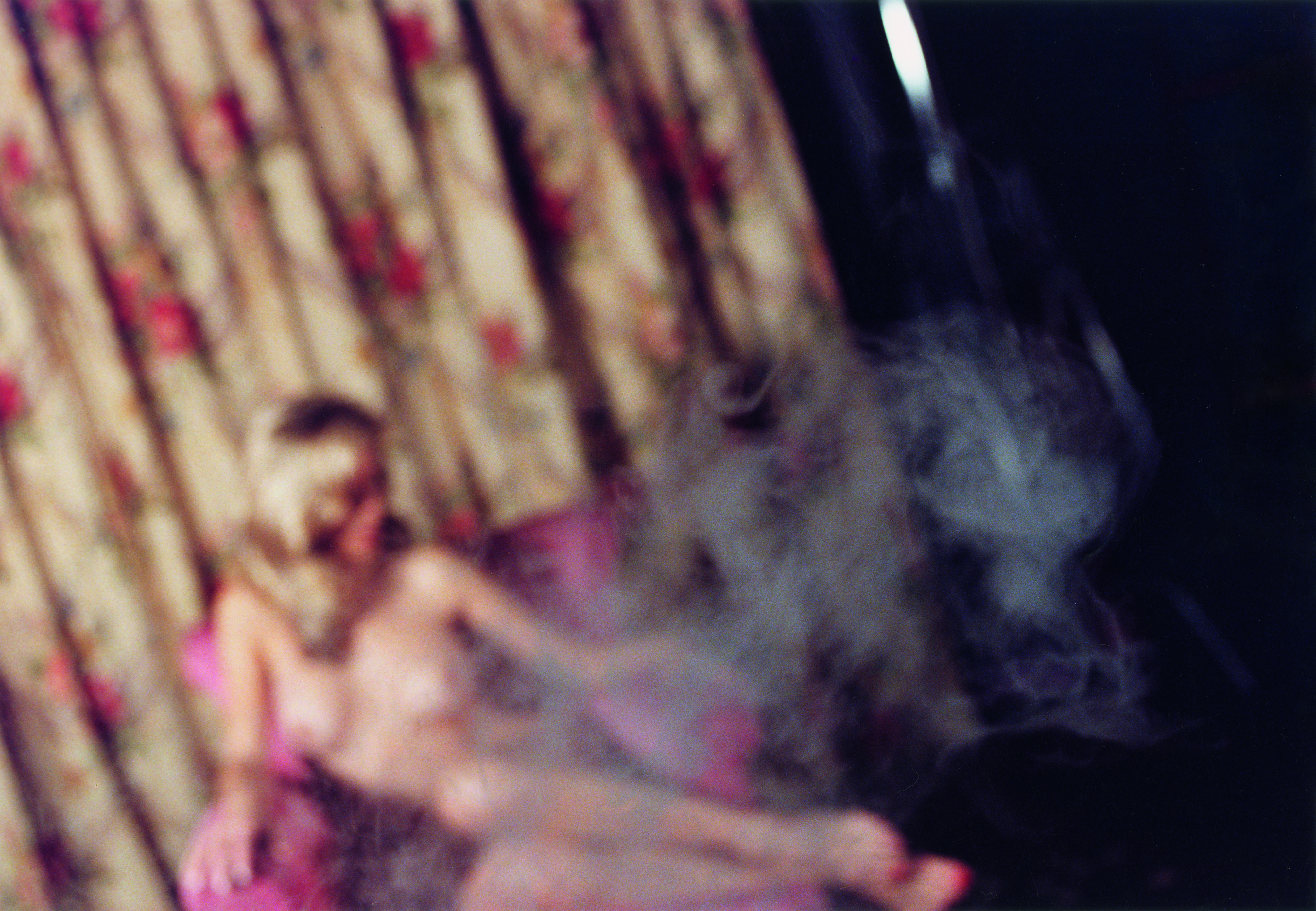
©David Lynch
Often, the true nature of the photograph is obscured. It can be almost impossible at times to discern which part(s) of the body is even on display. Delicate and pale skin illuminates the pages, as the body is only slightly revealed. The difficulty in discerning the parts of the body we are seeing adds the same sort of thing to this book that I love about Lynch’s films. Everything is not as it seems. Each photograph is not only a new pose, maybe a new model or a new location, but it is also a new mystery. We can spend a decent amount of our time contemplating and analyzing each photo.
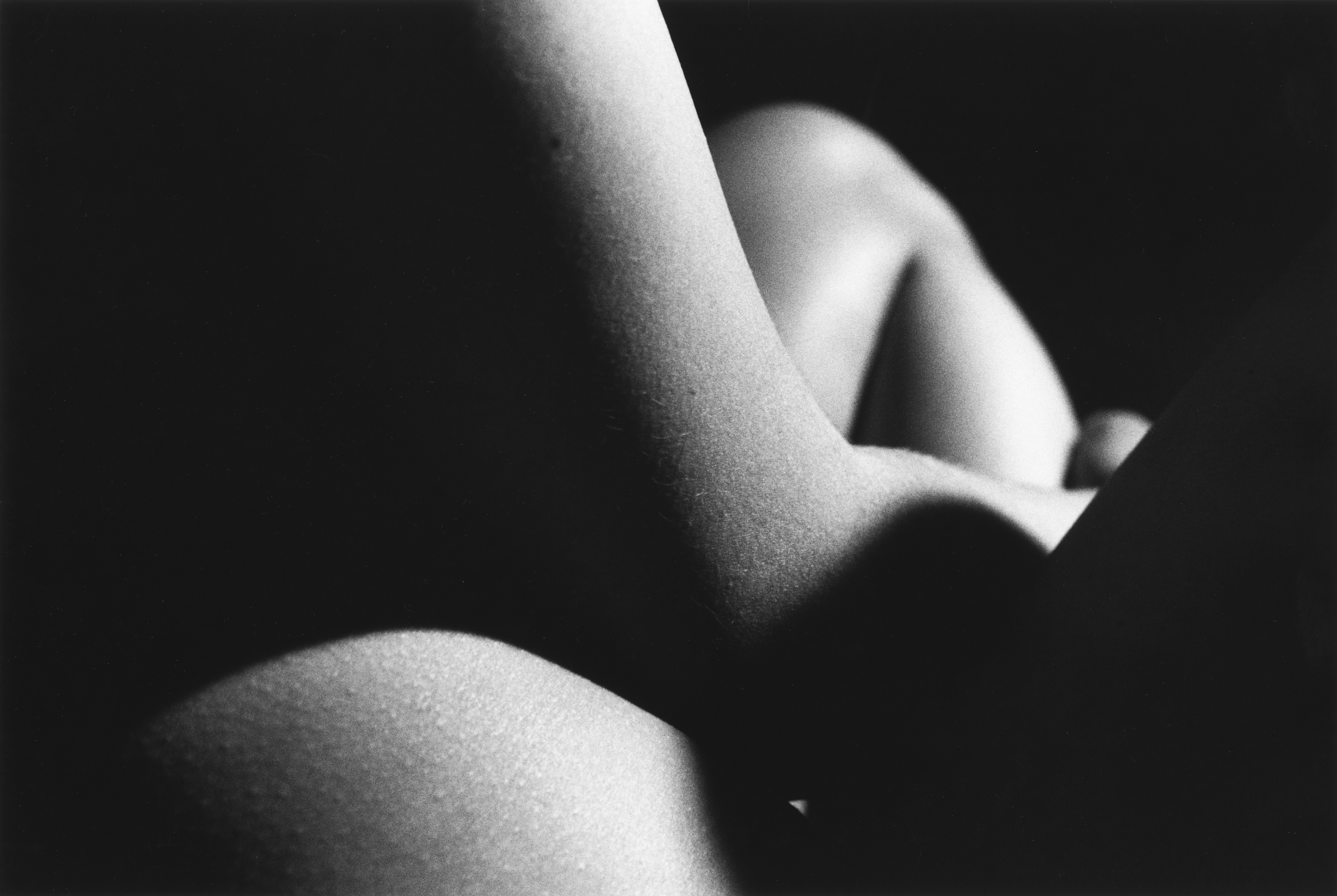
©David Lynch
Every extra moment I can spend with the book makes me feel all the more pleased to have purchased it. This won’t be something that you will flip through quickly and toss aside. Each page deserves time and thought, worthy of the extra care one takes when confronted by an artist of top calibre. Lynch has created a collection which seems so simple in its preparation, but manages to draw the same level of admiration as some of his most complex works. Unlike many of his paintings, drawings and animations, we can see very close connections to his film aesthetics in this photography.
The physical book itself is brilliantly presented. FondationCartier pour l’art contemporain has been working with Lynch since they hosted his David Lynch, The Air Is On Fire exhibition. Since then, they’ve published his art-books The Air Is On Fire (2007), Snowmen (2007) and Works on Paper (2011). Nudes is hardback, 25 × 34 cm, and 240 pages featuring 125 black-and-white and color photographs. I honestly have never owned an art-book that nears the physical quality of this one, so I can’t speak too much on comparing it with other similar editions.
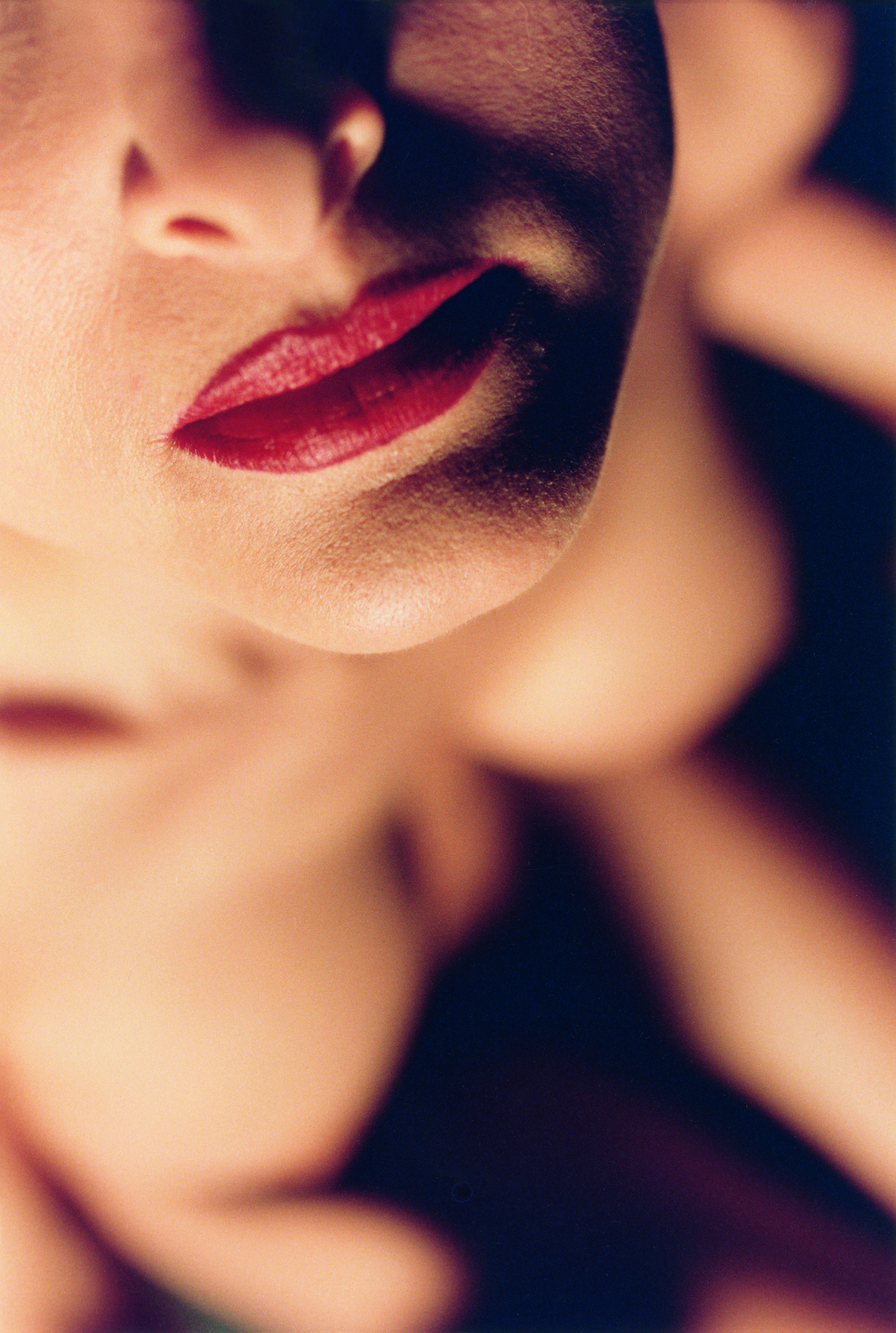
©David Lynch
I would highly recommend Nudes to lovers of photography of the human form. But, I would also feel confident that many lovers of his films, particularly the noir-esque films, will find plenty to enjoy in this collection. I spent most of an evening browsing it the day it arrived, slowly absorbing each photograph. I’ve since gone back and enjoyed the book several more times. In each instance, I’ve been incredibly pleased with the experience. It’s really exciting to see Lynch rising once again to the surface of the art world. I’m hoping this book will be a commercial success, because we really need more like this, and it would seem that Lynch has mountains of unpublished art that he can still share with the world. To many people, Lynch is one of the greatest artists of our time, I will be firmly in that camp until someone can finally convince me otherwise.
Written by: Michael Barnett

